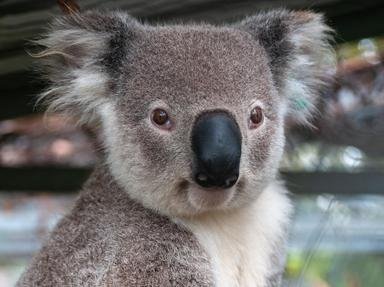Quiz Answer Key and Fun Facts
1. What carnivorous animals were given their ungodly name by early settlers who were appalled by their teeth-baring and aggressive behaviour?
2. What sweet diminutive creature lives on a diet of nectar and pollen?
3. What arboreal possum is also known as the fluffy glider?
4. Pushed out of its natural habitat into the desert, what once flourishing creature is now thought to be extinct?
5. Which of these is a bird?
6. What iconic bird has given its name to a UNESCO World Heritage Site in Sydney Harbour?
7. Which of these Australian birds is a shore bird?
8. Which insectivorous marsupial, native to Western Australia, is also that State's emblem?
9. Which of the following is also known as a spiny anteater?
10. Using the letters from the correct answers for questions one through to nine, identify the Australian creature, now extinct, that was known as the Tasmanian tiger?
Source: Author
pollucci19
This quiz was reviewed by FunTrivia editor
rossian before going online.
Any errors found in FunTrivia content are routinely corrected through our feedback system.
